May 18, 2025 | 07:43 GMT +7
May 18, 2025 | 07:43 GMT +7
Hotline: 0913.378.918
May 18, 2025 | 07:43 GMT +7
Hotline: 0913.378.918
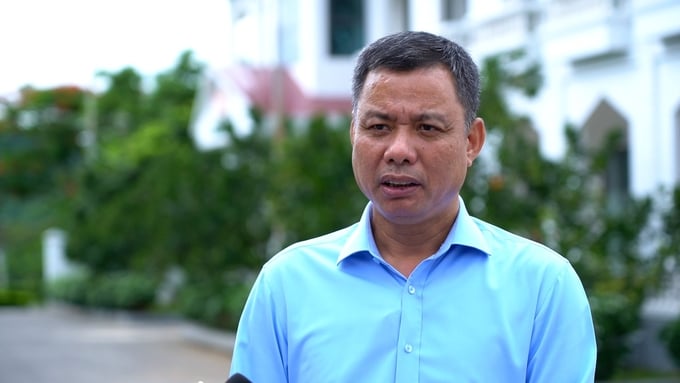
Mr. Nguyen Thanh Cong, Vice Chairman of the People's Committee of Son La province. Photo: Hoang Anh.
Mr. Nguyen Thanh Cong, Vice Chairman of the People's Committee of Son La province, discussed the role of community agricultural extension with the Vietnam Agriculture Newspaper. He stated that Son La has been concentrating on the implementation of the resolutions and directives of the central and local governments to create a green, rapidly expanding agricultural sector that is focused on clean, organic, and smart production and that complies with VietGAP, GlobalGAP and other market standards. Concurrently, Son La's agriculture has been actively utilizing scientific and technological advancements to transition from conventional production to commodity agriculture or from a production mindset to an agricultural economy mindset.
Son La is focusing on constructing large production areas, organizing production channels, and connecting production and processing and markets to achieve this objective. Son La has recently made substantial progress in converting fruit tree areas, with a total of 84,160 hectares converted by the end of 2023. It continues to capitalize on the advantages of industrial commodities, including cassava (41,994 hectares), coffee (20,865 hectares), tea (6,058 hectares), and rubber (5,262 hectares). Livestock production, particularly large livestock, is being vigorously encouraged.

Building fruit tree material areas in Son La. Photo: Hoang Anh.
Son La underscores the significance of agricultural extension work and considers the promotion of community agricultural extension activities essential. It recognizes the necessity of coordinating production and constructing large raw material areas that are connected to processing and markets.
Community agricultural extension teams' activities are necessary to approach production models, guide local people, production groups, and cooperatives to follow the correct processes, and participate in the linkage chains to organize large-scale production, apply scientific and technological advances, and boost production in particularly difficult and border areas linked to socio-economic development and new rural construction.
Son La is also attracting substantial investment to construct large processing plants, including the high-tech agricultural product preservation and processing plant of ICFood Korea Group in Van Ho district, the fresh fruit and herbal processing plant of TH Group in Van Ho, the agricultural product processing plant of Nafoods Northwest Joint Stock Company, Doveco Son La's fruit and vegetable processing center, and coffee processing plants such as Phuc Sinh, Minh Tien, and Cat Que. The Glucose BHL Son La liquid sugar processing plant is also being constructed.
Community agricultural extension is essential in establishing large agricultural processing plants, as it assists local people, cooperative groups, and cooperatives in the organization of production in a chain, thereby ensuring that the processing plants have an adequate supply of raw materials. For instance, the Doveco Son La fruit and vegetable processing center is equipped with production chains for products such as sweet corn, soybeans, spinach, mango, and longan. When established, these production chains will contribute to stabilizing the input for the processing facilities.
In the present context, it is evident that a grassroots agricultural extension system is necessary to support and assist farmers in addressing the challenges of disease safety for vast livestock herds and crop-related issues. Mainly, the implementation of the National Target Programs, which include the construction of new rural areas, has established specific criteria that necessitate an influential community agricultural extension model.
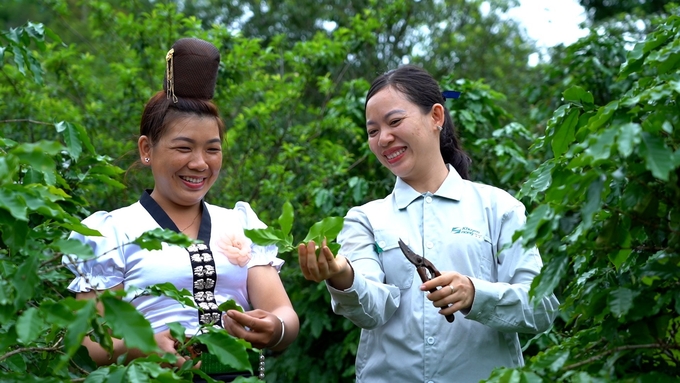
Son La Community Agricultural Extension helps farmers. Photo: Hoang Anh.
As a result of this practical experience, Son La province is one of the 13 provinces currently executing the prototype project "Improving the efficiency of agricultural extension activities based on consolidating the community agricultural extension model" as mandated by the Ministry of Agriculture and Rural Development. Son La has 98 community agricultural extension groups with 685 members across the localities after two years of implementation, which began with the two pilot community agricultural extension groups in Mai Son and Thuan Chau districts.
Since the inception of the community agricultural extension groups, the grassroots agricultural extension team has been actively involved in assisting and advising farmers to organize production by the established production chains, ensure the smooth operation of production processes, and implement scientific and technological advancements in production to produce the highest-quality agricultural products for Son La province. Simultaneously, the community agricultural extension organizations have facilitated local policy planning, taken appropriate measures to promote development, increased agricultural value, and established more sustainable production chains.
The province of Son La has determined that a well-functioning community agricultural extension model will serve as a conduit between the people, cooperatives, and enterprises. It will serve as the foundation for the development and construction of agriculture, farmers, and rural areas in Son La province, in accordance with the established objectives, by providing assistance to farmers in the areas of production techniques, the application of science and technology, production chain linkage, and market information. objectives.
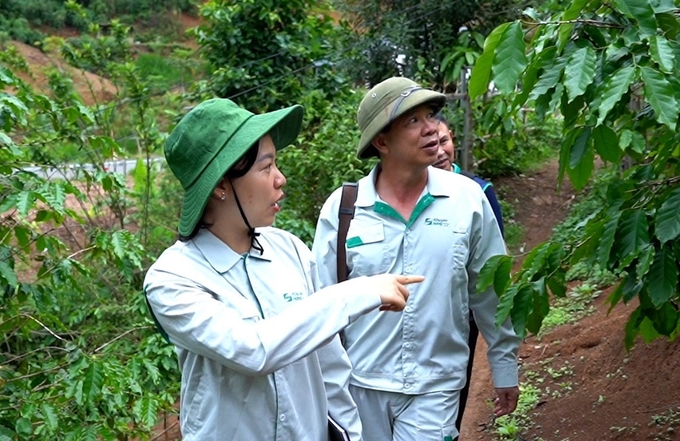
After two years of implementing the project, the community agricultural extension team model in Son La has clearly played a role, contributing to the agricultural phenomenon of Son La. Photo: Hoang Anh.
This is a specific direction, and Son La is actively engaged in developing policies and mechanisms to enhance the integrity of community agricultural extension groups and encourage activities. It is acknowledged that a regime and policies are required for the community agricultural extension team in particular and grassroots part-time officials in general.
Ultimately, Son La suggests that in order to strengthen the role of community agricultural extension further, it is necessary to provide resources, support policies, training, and capacity-building to increase the responsibilities of this function. The vital function of agricultural extension in general and community agricultural extension in particular will be affirmed by directly engaging the agricultural extension force in production chains, participating in major local projects, and international cooperation programs.
The province of Son La desires that the Government, the National Assembly, and related agencies receive reports from central agencies, specifically the National Agricultural Extension Center and the Ministry of Agriculture and Rural Development, to evaluate and fortify the agricultural extension system from the central to local levels, with a particular emphasis on community agricultural extension groups. With the third-largest natural area in the country, a substantial area of fruit trees, industrial crops, and other crops, and a burgeoning livestock herd, a comprehensive and methodical agricultural extension system, including community agriculture extension, is essential. Practical lessons from Son La demonstrate this.
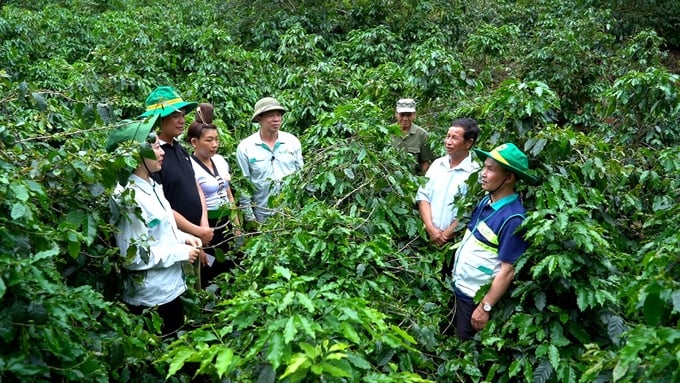
Son La proposes to consolidate and develop policies to replicate the community agricultural extension group model. Photo: Hoang Anh.
In Son La, there are 2,303 hamlets and sub-hamlets and 204 communes, wards, and municipalities. A community agricultural extension team that operates at the hamlet and sub-hamlet level will substantially contribute to the organization of production, the development of production chains, and the promotion of socio-economic development.
To assist and assist farmers, cooperatives, and businesses in the organization of production following the process, the construction of raw material areas that meet the standards and regulations of large processing plants, and the application of science and technology in production to ensure market standards, Son La will undoubtedly continue to fortify the community agricultural extension model based on the practical experience of two years of project implementation.
Translated by Linh Linh
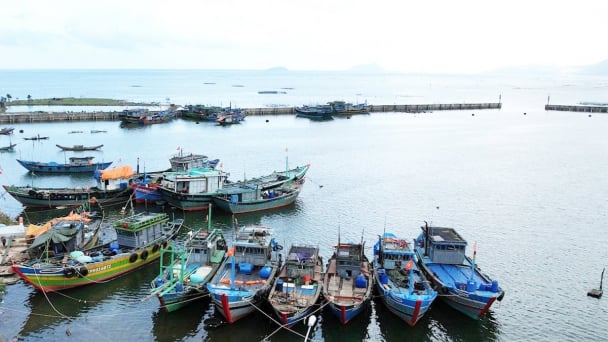
(VAN) Hue City rigorously enforces regulations regarding marine fishing and resource exploitation, with a particular emphasis on the monitoring of fishing vessels to prevent illegal, unreported, and unregulated (IUU) fishing.
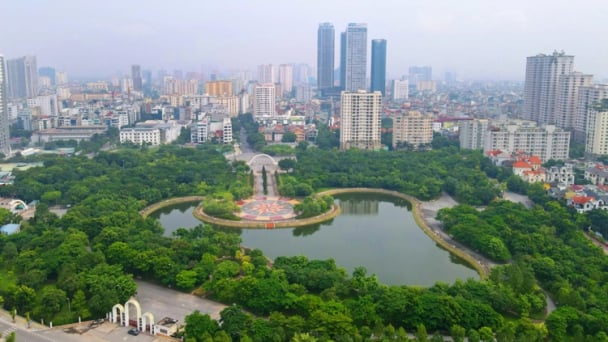
(VAN) Hanoi People's Committee has issued a plan on reducing greenhouse gas emissions in the waste management sector with 2030 vision.
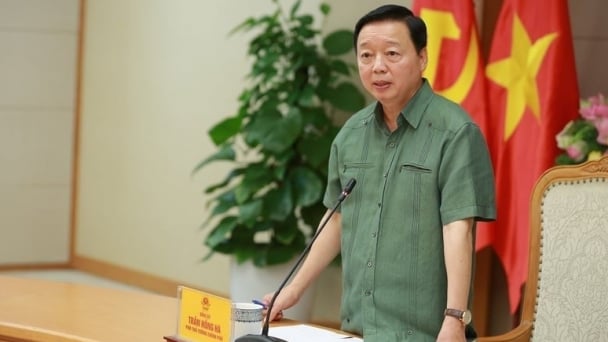
(VAN) Vietnam's draft amendment to Decree No. 156 proposes a mechanism for medicinal herb farming under forest canopies, linking economic development to population retention and the sustainable protection and development of forests.
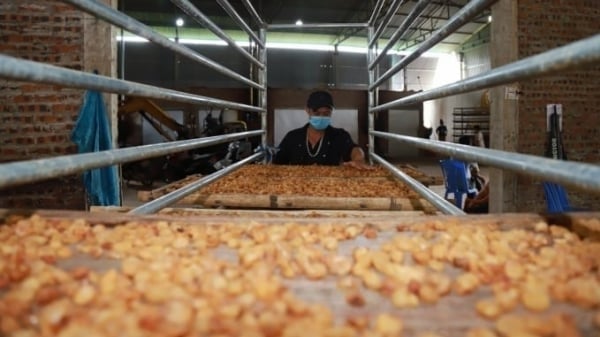
(VAN) In reality, many craft village models combined with tourism in Son La have proven effective, bringing significant economic benefits to rural communities.

(VAN) The international conference titled Carbon Market: International experiences and recommendations for Vietnam was successfully held recently in Ho Chi Minh City.
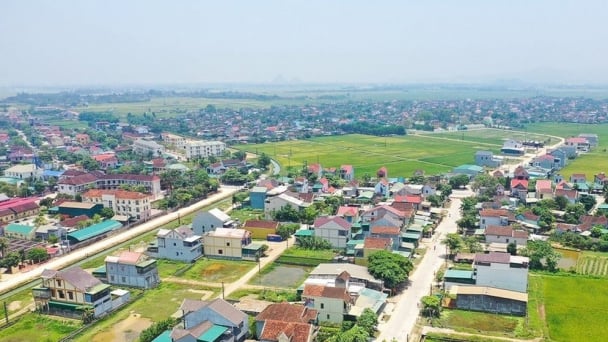
(VAN) According to the Project on rearranging provincial and communal administrative units, in 2025, the country will have 34 provinces/cities, 3,321 communes, wards, and special zones, and no district-level organization.
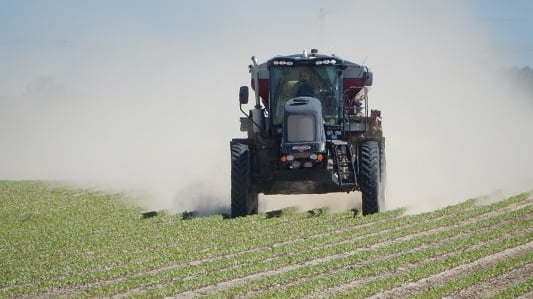
(VAN) The vice president of fertilizer with Stone X Group says the Trump administration’s tariffs are impacting fertilizer markets.